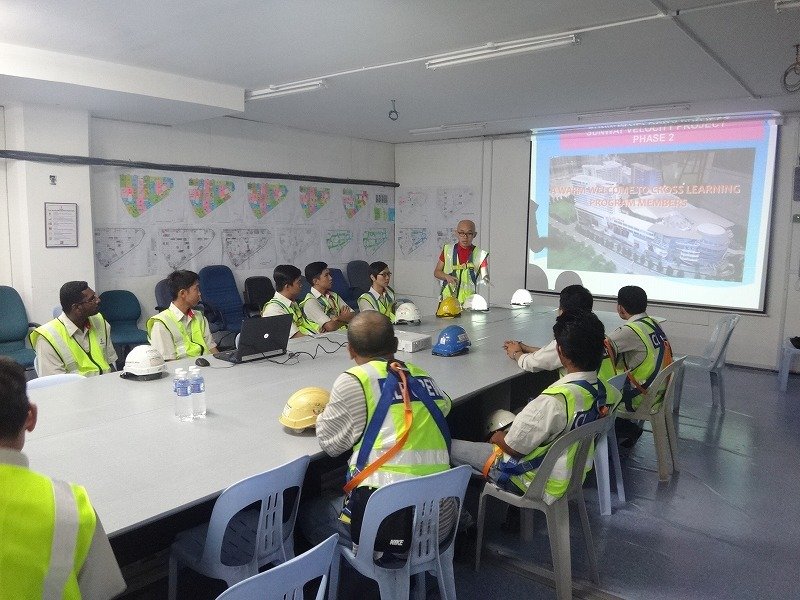1. Introduction
In modern construction and infrastructure projects, excavators are indispensable heavy machinery. They play a crucial role in earthworks, pipeline installation, and road construction. However, the safety risks associated with excavator operations cannot be ignored. Each year, numerous injuries and property losses occur due to excavator accidents. Therefore, this article will explore effective preventive measures to reduce the occurrence of excavator accidents and ensure the safety of workers and equipment.
2. Common Causes of Excavator Accidents
- Equipment Malfunction
Aging equipment, inadequate maintenance, or design flaws can lead to mechanical failures, resulting in accidents. - Operator Human Error
Mistakes made by operators, such as failing to follow operating procedures or being distracted, are often primary causes of accidents. - Unstable Ground Conditions
Loose or uneven soil can lead to collapses, directly threatening the safety of equipment and personnel. - Blind Spot Collisions
When excavators rotate or move, operators may not see surrounding obstacles or workers, increasing the risk of collisions. - Utility Strikes
Excavation work may accidentally strike underground utilities like water pipes or cables without proper investigation. - Environmental Factors
Severe weather conditions (such as heavy rain or strong winds) can increase operational difficulties and affect equipment stability.

3. Regular Maintenance and Inspections
- Importance of Equipment Maintenance
Regularly conducting comprehensive inspections and maintenance of excavators ensures all components function properly and reduces the risk of malfunctions. - Developing a Detailed Inspection Checklist
Create a thorough maintenance and inspection checklist based on the equipment manual to ensure no critical components are overlooked. - Regular Training for Maintenance Personnel
Provide professional training for maintenance staff to enhance their skills and knowledge, ensuring they can identify and address potential issues promptly.
4. Operator Training and Certification
- Ensuring Operators Master Operating Procedures
Conduct regular training sessions for operators to ensure they understand all operating procedures and safety precautions. - Providing Regular Training and Assessments
Continuously enhance operators’ professional skills through assessments, ensuring they can handle various emergency situations. - Emphasizing Safety Awareness
Incorporate safety awareness education into training to help operators recognize the importance of safe operations.
5. Construction Site Safety Management
- Establishing Safety Zones and Warning Signs
Clearly define safety zones at the construction site and install warning signs to alert all personnel. - Using Safety Monitoring Equipment
Utilize cameras, radar, and other monitoring devices to oversee the construction site in real-time, enabling timely identification and resolution of safety hazards. - Conducting Regular Safety Drills
Organize regular safety drills and emergency response training to enhance overall safety awareness and preparedness among all workers.
6. Geological Surveys and Risk Assessments
- Conducting Comprehensive Geological Surveys Before Construction
Perform detailed geological surveys before starting work to understand soil properties and the distribution of underground facilities. - Identifying Potential Ground Issues
Use surveys to identify potential ground instability issues and formulate corresponding preventive measures. - Developing Response Measures and Safety Plans
Based on survey results, create a detailed construction safety plan to ensure safety throughout the construction process.

7. Weather Monitoring and Response
- Continuously Monitoring Weather Changes
Utilize meteorological services to keep track of weather changes and prepare for potential impacts. - Adjusting Construction Plans During Severe Weather
If severe weather is forecasted, promptly adjust construction plans to ensure worker safety. - Establishing Emergency Response Plans
Develop emergency plans to address unexpected weather conditions, ensuring the safety of the construction site.
8. Conclusion
By implementing the above measures, the occurrence of excavator accidents can be significantly reduced. A culture of safety is essential in the construction process, and construction units should actively take steps to enhance safety awareness among all workers, ensuring safe operations and protecting lives and property.
9. Additional Resources
- Links to Safety Training Institutions: Provide links to relevant safety training organizations and resources to assist construction units in improving safety management.
- Contact Information: For further inquiries, please contact professional organizations or safety consultants.


